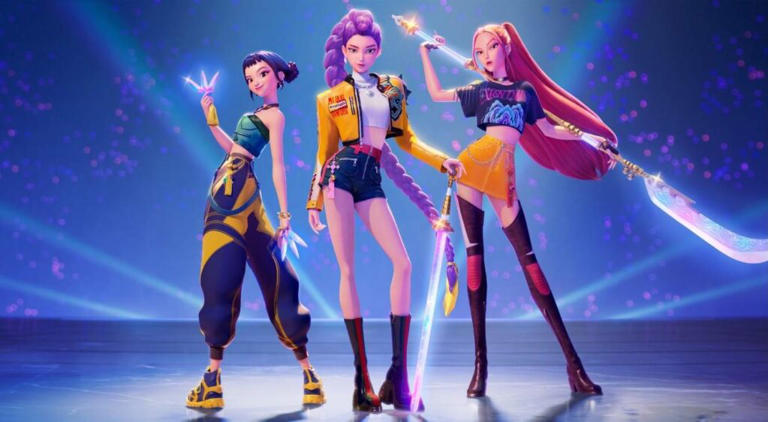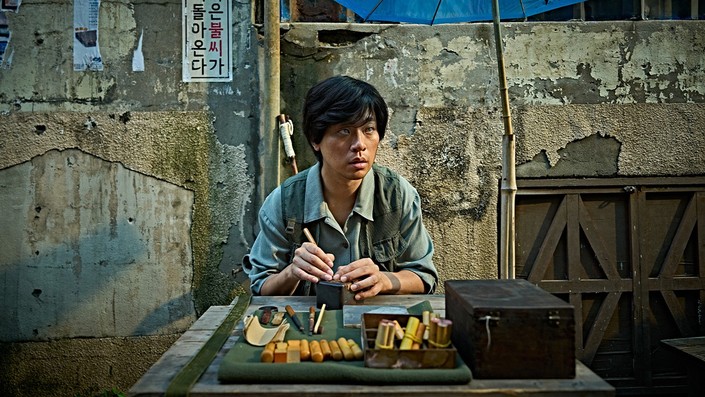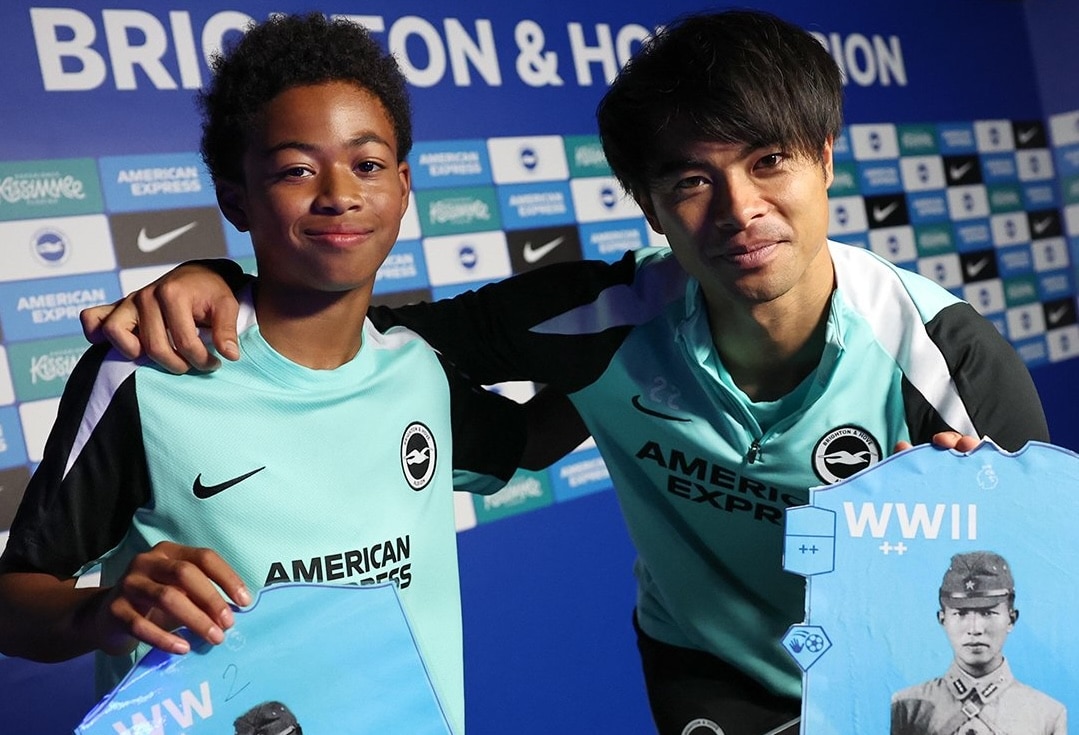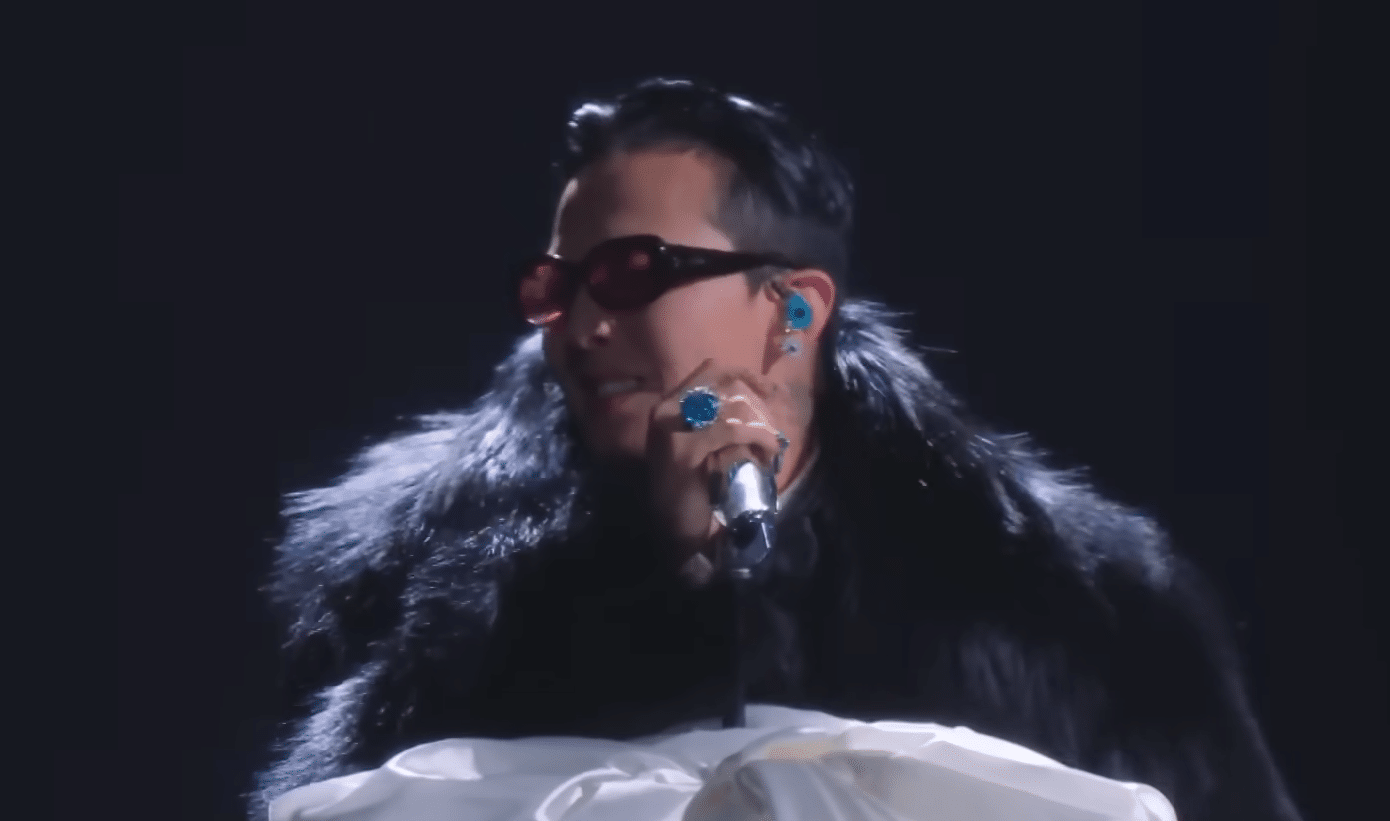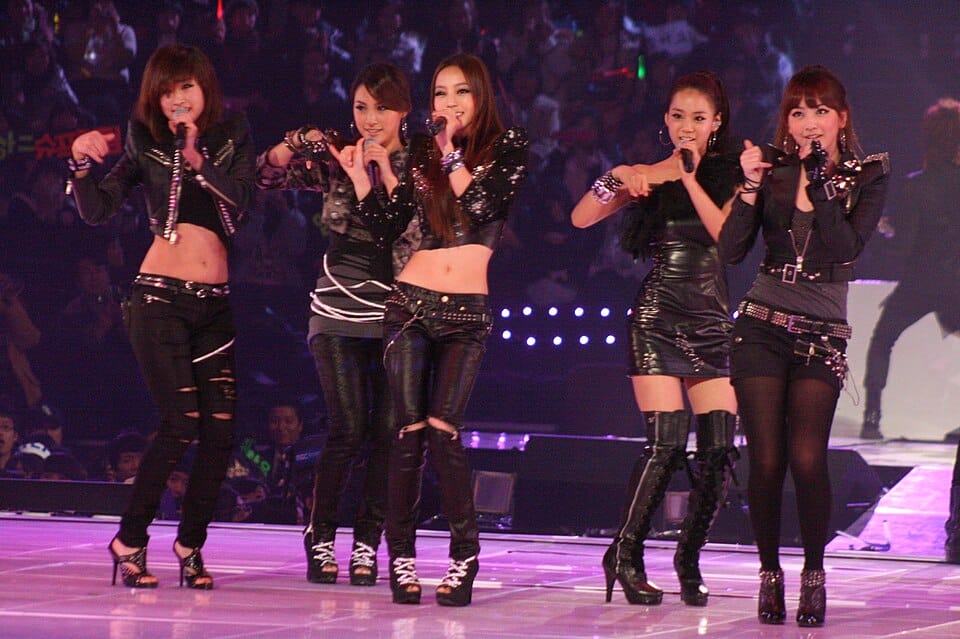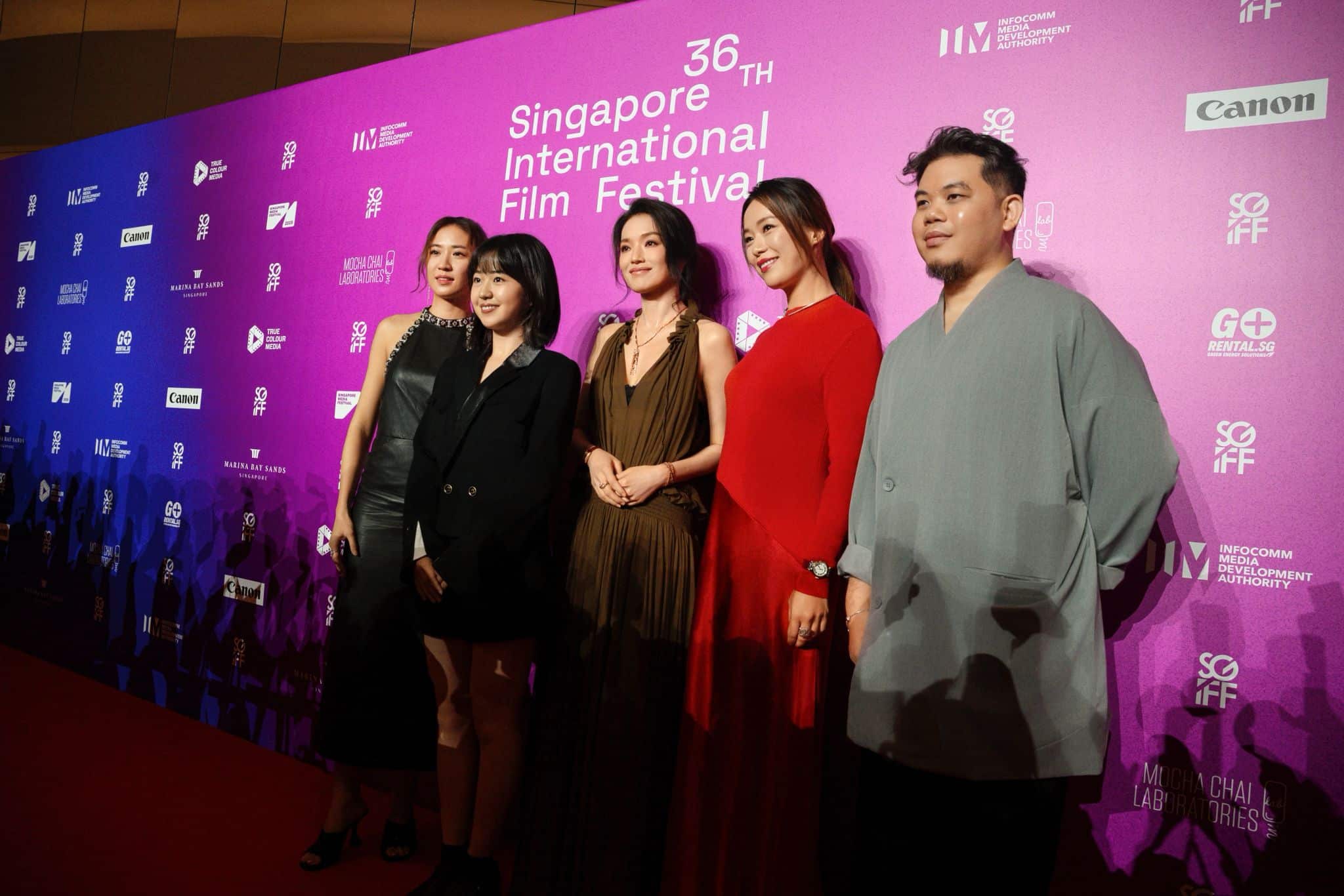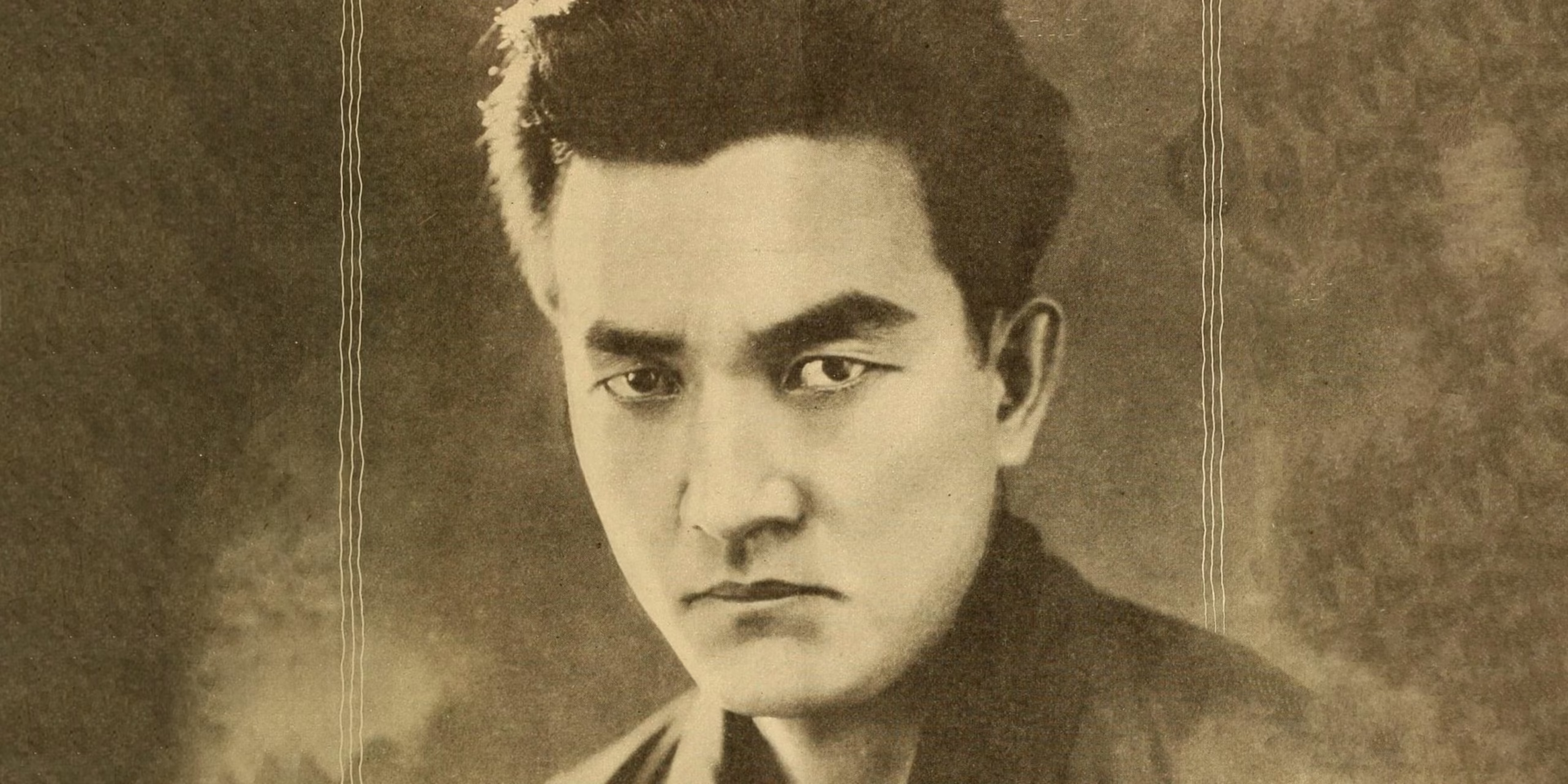Netflix’s KPop Demon Hunters has quickly captured imaginations worldwide, soaring to the top of streaming charts. Directors Maggie Kang and Chris Appelhans, along with music supervisor Ian Eisendrath, recently offered a rare glimpse into the animated film’s journey during a Reddit “Ask Me Anything” (AMA) session. They discussed everything from the unique blend of musical inspirations to the overwhelming fan response and the potential for new stories.
The Rhythms of Creation: Building the Soundtrack
The film’s vibrant soundtrack is a cornerstone of its appeal, with many songs drawing comparisons to real-world K-pop hits. Chris Appelhans revealed some unexpected sources for the film’s standout tracks. For Golden, he shared, “It might be surprising, but tracks like ‘Juicy’ (Notorious B.I.G) or ‘Forever’ (Drake, Eminem) really helped us understand how a pop song could also be a biography about starting as a nobody and finding yourself. We wanted ‘Golden’ to reveal the girls’ struggles and vulnerabilities BEFORE they were famous and those songs were great.”
Read more: ‘KPop Demon Hunters’ Soundtrack Success: ‘Golden’ Eyes Awards Recognition
He added that ‘Hide and Seek’ by Imogen Heap influenced Rumi’s ‘What It Sounds Like’ with its vocoder vocals, symbolizing her search for her true identity. For Jinu’s introduction, the team found inspiration in Bill Withers’ live performance of ‘I Can’t Write Left Handed’ at Carnegie Hall, aiming for a similar captivating presence.
Ian Eisendrath, the music supervisor, emphasized the collaborative and fluid nature of the music’s development. “Created at the same time and the songs kept changing as the needs of the film changed! Many songs were written for each slot before we ultimately landed!” This involved an extensive team of writers, including THE BLACK LABEL (Teddy, 24, SLSCP, Danny Chung), EJAE, Mark Sonnenblick, Stephen Kirk, Jenna Andrew, and Lindgren.
The blending of Korean and English lyrics was a conscious choice to maintain authenticity. Eisendrath explained, “So many KPop songs mix English and Korean lyrics, and we really felt like this was important to the authenticity and cultural values of each song.” He also detailed the thorough casting process for the film’s vocalists, noting the challenge of finding “incredible Kpop singers who fit the characters, who were bilingual, and each had their own unique vibe.” The film’s rich score, composed by Marcelo Zarvos, involved over 60 musicians at AIR studios, with an additional 32 string players contributing to the songs.
A Global Audience Embraces the Hunters
The film’s rapid rise to popularity, hitting number one on Netflix, surprised even its creators. Maggie Kang described the experience as “absolutely surreal. Every day it seems like the movie/soundtrack is doing a new amazing thing.” She expressed particular excitement about its reach beyond typical K-pop and animation fans, calling it “a level I couldn’t have imagined.” Ian Eisendrath agreed, stating, “Like…truly incredible…we have loved this film for so long, but this response has been nuts.”
The film’s heartfelt connection to K-pop culture has clearly resonated with many. Kang sees the movie as “my love letter to KPop and Korea.” This sentiment has been echoed by viewers globally, including teachers in Korea whose students are captivated by the film, and a parent who shared that the movie made her five-year-old daughter “proud to be Korean.”
Read more: ‘KPop Demon Hunters’ Soundtrack Invades Billboard Top 10, Crushing Global Charts
The creators also clarified the official fandom name for the in-film group Huntr/x, settling on “Hunters.” Maggie Kang noted, “We unfortunately never mention it in the movie– honestly, we couldn’t decide on one… but we have decided on ‘Hunters’!” This name aligns with the group’s mission within the film.
Inside the Development Room: Character and Story Choices
The concept for KPop Demon Hunters has a surprising lineage. Maggie Kang revealed that the main character, Rumi, was conceived nine years ago for a separate project. The current film’s “KPop IP was born in June or July of 2018,” with Rumi’s pre-existing design forming the foundation for the protagonist.
The creative team also discussed their approach to certain scenes and characters. When asked about a planned “Idol Star Athletics Championships” (ISAC) sequence being changed to a co-ed fan sign, Maggie Kang acknowledged that “ISAC is a pretty wild idea LOL.” She added, “I’m not surprised it didn’t make it into the movie and personally, the fan sign scene is one of my favorites so I think we made the right choice.”
Regarding the popular Saja Boys, Maggie Kang explained their intended role as supporting figures. “They were always more side characters and we didn’t have time to flush out character arcs for them– a storyline that would tie into the shame/acceptance theme. We wanted them to be more far gone a demons vs Jinu so that Jinu pops as a guy who is different among the, I guess, monsters because he has a tinge of his soul left.” This perspective sheds light on why their backstories were not as developed.
On the ages of the Huntr/x members, Maggie Kang stated, “I’ve always thought Rumi and Mira are the same age– 23/24, with Rumi being the older, 6 months older than Mira. And Zoey being the youngest at 22/23.” The idea of Rumi’s father being the Gwi-ma was dismissed as “a bit too Star Wars.” Rumi’s mysterious powers are also something the creators intend to explore further. Maggie Kang likened her to “Neo at the end of the Matrix,” adding that “her full powers are kind of a mystery.
Looking Ahead: Sequels, Merchandise, and Deleted Scenes
The question of future installments was a common theme during the AMA. Both Maggie Kang and Chris Appelhans expressed optimism. Appelhans stated, “We hope so! There’s so much to the characters and world that we couldn’t fit in 85 minutes.” While excited about expanding the universe, Maggie Kang noted a preference for keeping films concise, aiming for a runtime of “not much longer than 90 or 100m so that’s where I would love to stay for future projects.”
For those hoping for an extended cut of the film, Maggie Kang clarified that “Director’s Cut” versions are not common in animation due to the high cost of production. “We work on one cut of the movie, always so the movie you see is what we’ve always intended to make.” However, she did mention a “really cool song that RUMI sang in the final standoff between herself and Celine…it was amazing, but ultimately didn’t fit the arc of the story!”
The demand for merchandise is also being addressed. Chris Appelhans confirmed exciting news for collectors: “Republic Records is putting together a full vinyl release with photocards, custom artwork, all kinds of goodies!”
The AMA also confirmed several hidden details in the movie, or “easter eggs.” Maggie Kang highlighted some TWICE references, including the group appearing on in-movie charts and posters. She also included musical nods to 90s K-pop, with “a Deux needle drop as well as Seotaiji and Boys in one of the dates.”
Read more: ‘KPop Demon Hunters’: Who’s Voicing Your Favorite Demon-Slaying Idols?
The film’s core message, focusing on self-acceptance, remains important to the team. Ian Eisendrath stated, “I loved the idea of people of all ages realizing that all parts of them are necessary to create the whole. And the solution is not simple and binary…it’s gray.” This guiding principle underpins the film’s emotional depth and its wide appeal.The team behind KPop Demon Hunters has clearly seen their passion project grow into a global phenomenon, driven by its vibrant music, compelling story, and strong connection with K-pop culture. As they consider new adventures, fans can anticipate more from this unique world.

